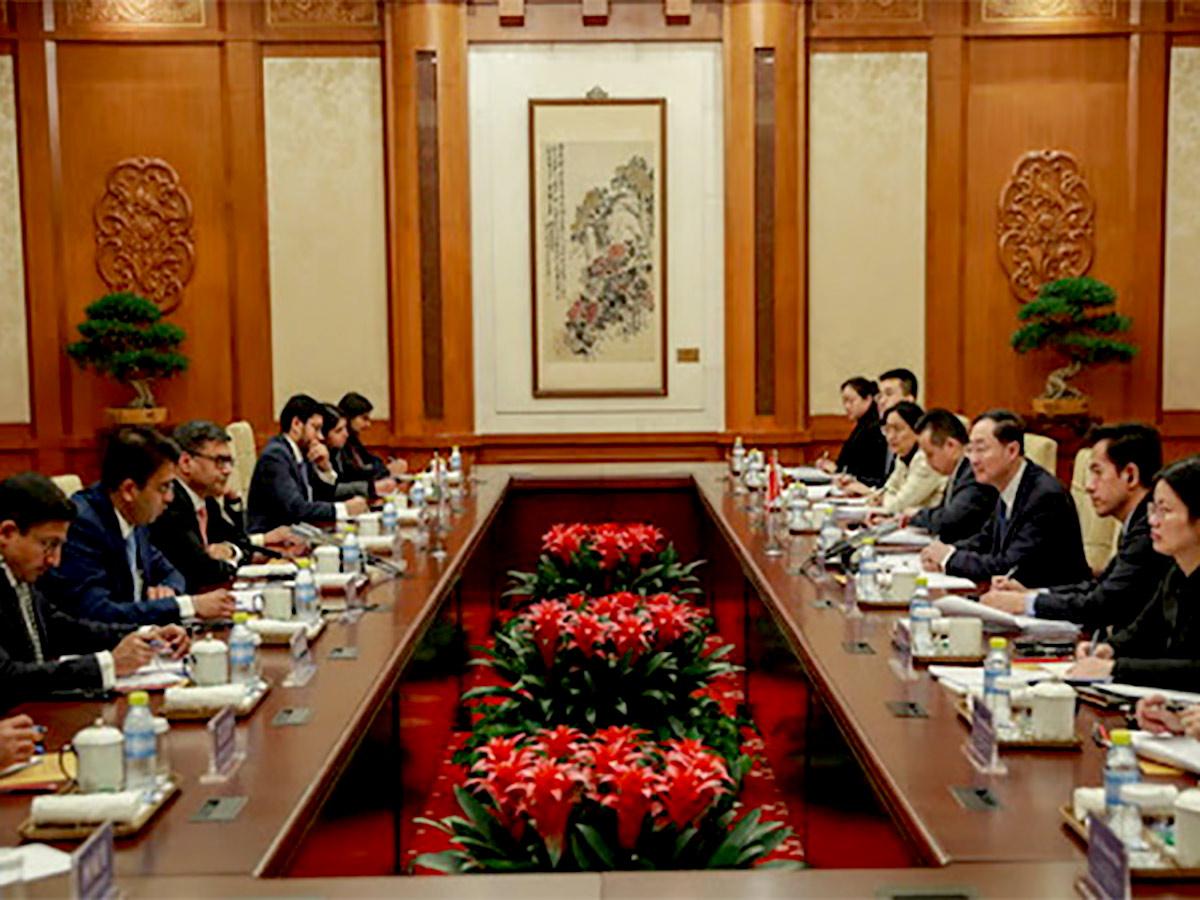- June 13, 2025
- by Wealthy Brains
- Uncategorized

Kindly note the image has been posted only for representational purposes. Photograph: Kind courtesy Oscar/Pixabay.com
Shine Jacob and Sohini Das
With global automobile majors raising concern over rare earth elements and the magnet crisis owing to export curbs by China, auto firms in India are putting on a brave face and expecting a solution soon.
This is because the government is considering fiscal incentives for domestic production and increasing long-term stockpiles of rare earth magnets.
Around 30 applications from India are stuck at various stages of approval, and that is threatening production halts and inventory depletion.
“Some European majors like Volkswagen have got permits. But no Indian player has got nod so far. We expect a solution soon,” said an industry source.
Despite this, sources said industry majors had told the government that production might be affected in six to eight weeks.
In addition to sectors like automotive, defence, and energy, where these rare earth elements and magnets are widely used, makers of medical equipment too are worried.
Rare earth magnets, particularly neodymium magnets, are vital in diagnostic imaging (like magnetic resonance imaging, or MRI) and certain therapeutic applications.
According to a Reuters reports, the ministry of heavy industries in India is in the process of making a production-based fiscal-incentive scheme to boost the domestic manufacturing of rare earth magnets.
The report indicates the government may partly fund the difference between the final price of the ‘made-in-India’ magnet and the cost of the Chinese import.
The government is also in talks with companies to increase the stockpile.
This is considering the fact that the demand for rare earth elements and critical minerals may increase multifold in India due to its bigger clean-energy ambitions.
China’s ministry of commerce in early April imposed export restrictions on several rare earth elements and magnets as a response to American President Donald Trump’s tariff increase on Beijing’s products.
This resulted in panic across the world, with several European auto supplier plants and production lines already shut down.
CLEPA, Europe’s auto supplier association, stated among hundreds of export-licence applications submitted so far, only around 25 per cent got the permit.
The German Association of the Automotive Industry has said its output may come to a halt soon.
Germany’s BMW has said that some of its supplier network has been affected.
In Japan, Suzuki Motor has suspended the production of its Swift while Nissan has said it is working with the local government to minimise the impact.
Maruti Suzuki, India’s largest automaker, has said the issue will have no immediate impact on its production.
Rahul Bharti, senior executive director for corporate affairs, said the firm had submitted an import application and he might not be able to comment on the matter until there was an official response.
“It is not a restriction. It is an endorsement of end use. In case there is an issue, we will inform all our stakeholders,” Bharti said.
China controls 92 per cent of global rare earth magnet production, with other players like Japan (7 per cent) and Vietnam (1 per cent) contributing marginally.
Despite having the fifth-largest rare earth reserves, India produces only 1,500 tonnes of NdPr (neodymium-praseodymium) annually through IREL (formerly Indian Rare Earths Ltd), with a limited downstream magnet-manufacturing capacity.
IREL’s production is mainly to cater for units in atomic energy and defence.
Meanwhile, the medical-equipment sector is on high alert.
“The main magnetic field in standard MRI machines is generated not by rare earth magnets but by superconducting magnets …
“However, rare earth magnets do play a role in auxiliary components such as gradient coils, radiofrequency subsystems, and motion-control mechanisms — particularly in portable or compact imaging devices.
“This indeed leaves the sector vulnerable to supply-chain disruption, particularly in high-precision sub-systems where rare earth magnets are critical,” said Pavan Choudary, chairman, Medical Technology Association of India.
India is now seeing strategic crossovers from the defence sector into medical technology.
Paras Defence & Space Technologies, for instance, is contributing to India’s first indigenous MRI project by developing high-performance magnets.
“Companies like Paras, with capital depth and manufacturing acumen, are well positioned to tap emerging rare earth supply chains from geographies such as Australia, the United States, and Vietnam, where alternative supply chains, including processing capacities, are being strengthened,” said Choudary.
Magnet crunch
- 30: No. of Indian applicants for rare earth permits so far
- 6-8 weeks: Magnet stocks with Indian auto makers
- 1,700 tonnes: India’s rare earth metal consumption
- 15,400 tonnes: Expected consumption in 2032




